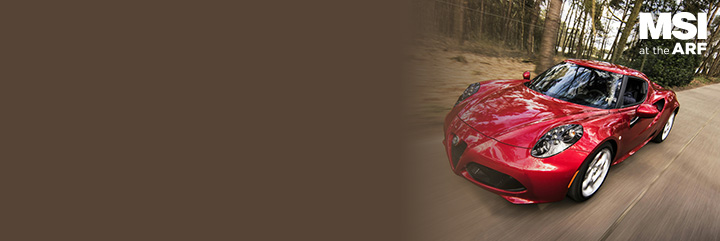automotive
- Research & Data Quality
- Article
MMM Best Practices and Success Stories
Attendees joined us on September 10 for an Insights Studio on the latest in Marketing Mix Modeling (MMM). Panelists shared proven strategies for implementing and optimizing MMM and revealed valuable insights into best practices and real-world case studies to help build, power, and calibrate MMMs.
Member Only Access- Analytics & Data Science
- Article
How to Use Machine Learning to Speed Up the Product Design Process
Aesthetic design significantly affects consumer evaluation of products. Nowhere perhaps is this truer than for the automotive category. However, in this industry, development cycles can be lengthy. As a result, mid-generation “facelifts” periodically occur to maintain appeal. However, this process can be expensive. Recent breakthroughs in machine learning may help speed up the process in an efficient and scalable manner. Not only is this option cost-effective, but it is customizable. For those who wish to infuse nature-inspired elements into an aesthetic design, deep machine learning offers many advantages.


